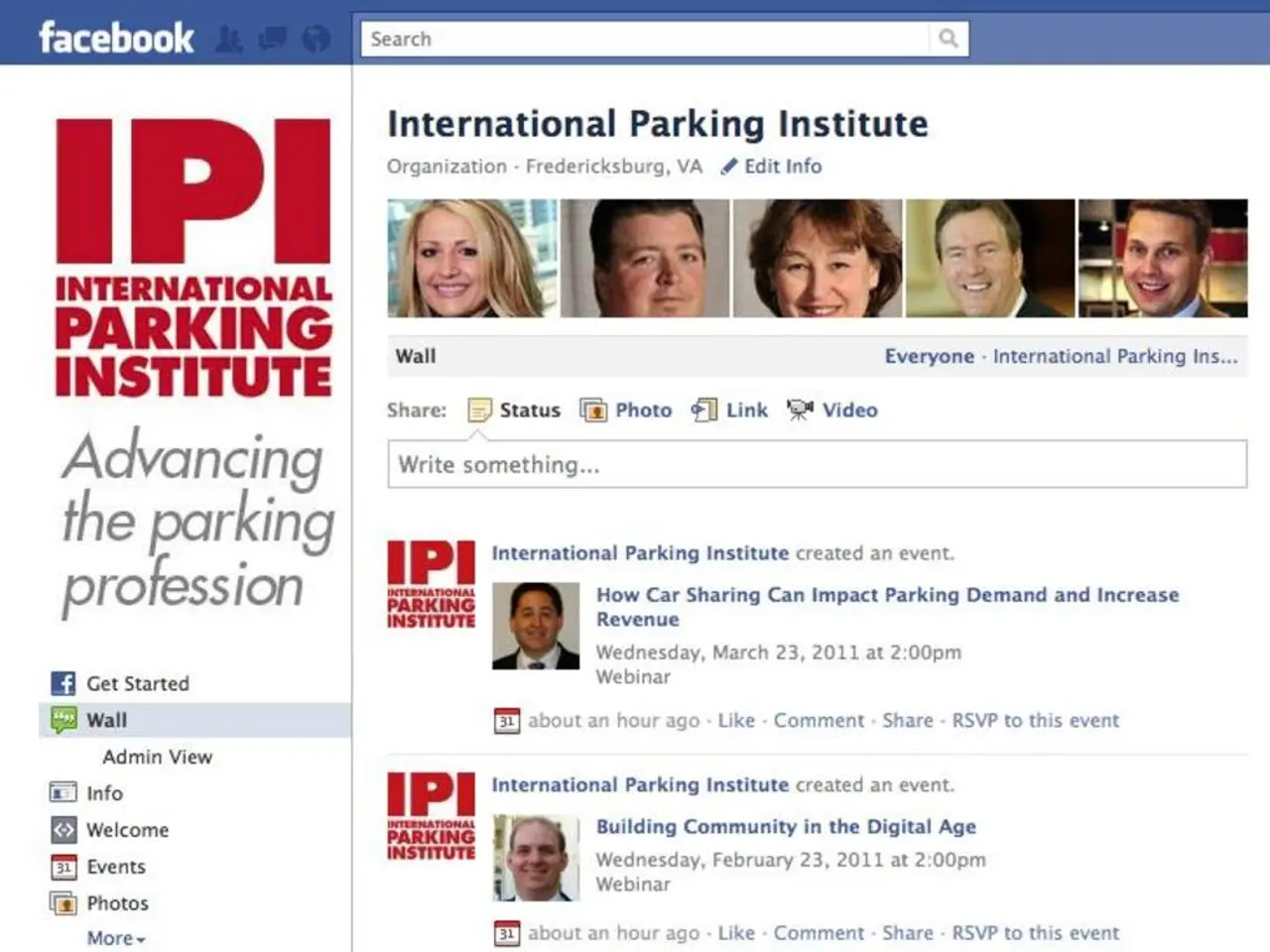Techniques for Mental and Physical Health in the World of Technology
In today's digital age, maintaining a healthy balance between the benefits and challenges of continuous online participation is more important than ever. As screen use in children and adults has been linked to delayed cognitive development, increased stress, and lowered attention, it is essential to develop improved digital habits. Here are some effective approaches to digital well-being:
1. Education and Awareness Programs
Educational programs tailored for different groups, such as parents and children, can help understand the impact of digital media on well-being and learn strategies to manage it effectively. Public awareness campaigns can also highlight the consequences of excessive digital media use and promote healthier usage habits.
2. Regulatory Tools and Apps
Utilize apps that track screen time and provide features to limit usage during certain periods, such as bedtime. Implement short-term digital detoxes to reset habits and reduce dependency on digital devices.
3. Digital Skills Training
Organizations like digitalLIFT offer training programs that help individuals navigate the internet safely and use technology effectively. Providing culturally inclusive training can ensure that digital skills are accessible to diverse populations.
4. Active Nudging
Implement user-interface designs that encourage less screen time, such as notifications that remind users to take breaks. Use tracked screen time as a behavioral intervention to help users become more mindful of their digital usage.
5. Social Support and Community
Encourage community activities that promote digital well-being and provide support networks for managing digital use. Foster social connections through balanced digital engagement, ensuring that online interactions enhance rather than detract from well-being.
6. Healthcare Integration
Leverage digital health technologies to support mental and physical health outcomes, ensuring equitable access to healthcare services. Integrate digital literacy with health education to promote holistic well-being.
These strategies not only help manage digital habits but also ensure that digital participation enhances overall well-being. The convergence of health and technology will continue to grow, requiring continuous curiosity, flexibility, and reliable information.
Additional Tips for Digital Well-being
- Combining digital interactions with in-person socializing can decrease feelings of loneliness and increase satisfaction in relationships.
- Practicing mindfulness in digital life can lead to decreased stress, increased productivity, and improved overall well-being.
- Eliminating distractions from digital devices can be beneficial for emotional balance and creativity.
- Prevention of digital stress includes scheduling blocks for focused work or relaxation, turning on digital wellness tools to minimize alerts, and regularly reviewing habits on devices.
- Implementing device curfews before bedtime can improve sleep quality, memory, and mood.
Remember, groups at risk for digital stress include teens and work-at-home workers, who may experience ongoing stress and fatigue due to the blurring of work and play. Public libraries, community organizations, and online platforms offer workshops and tutorials to improve digital literacy.
In developed economies, the use of the Internet on a daily basis is common among adults. However, it is crucial to be aware of the potential risks and take steps to maintain digital well-being. The use of the Internet can lead to physical health issues such as eye strain, headaches, poor posture, decreased physical movement, and disturbed circadian rhythms.
Lastly, learning from scientifically solid research and expert sources can help individuals, parents, and professionals adapt to the digital age. Diversifying activities to include physical exercise, reading, painting, or outdoor activities can help maintain emotional balance. Digital technology is increasingly integrated into daily life, affecting medical care, education, remote work, exercise, and social interaction. Using digital wellness features such as "Focus Mode" or "Downtime" can help reduce distractions and multitasking.
The phenomenon of digital stress, also known as "tech fatigue," is a growing concern, affecting millions worldwide. It is characterized by irritability, impatience, lack of ability to concentrate, and inability to relax. Preventing digital stress requires a proactive approach, combining education, regulation, and personal discipline. By adopting these strategies, we can ensure that digital technology serves as a tool for enhancing our lives, rather than a source of stress and distraction.
- Incorporating digital literacy training, such as the programs offered by organizations like digitalLIFT, into health education can promote holistic well-being by helping individuals navigate the internet safely and use technology effectively.
- By embracing technology-driven healthcare solutions, we can ensure equitable access to services that support mental and physical health outcomes, ultimately integrating digital wellness into our overall health and well-being.
- To mitigate the effects of digital stress, often referred to as "tech fatigue," individuals can practice mindfulness in their digital lives, setting aside focused work or relaxation periods, limiting distractions, and scheduling device curfews before bedtime.




